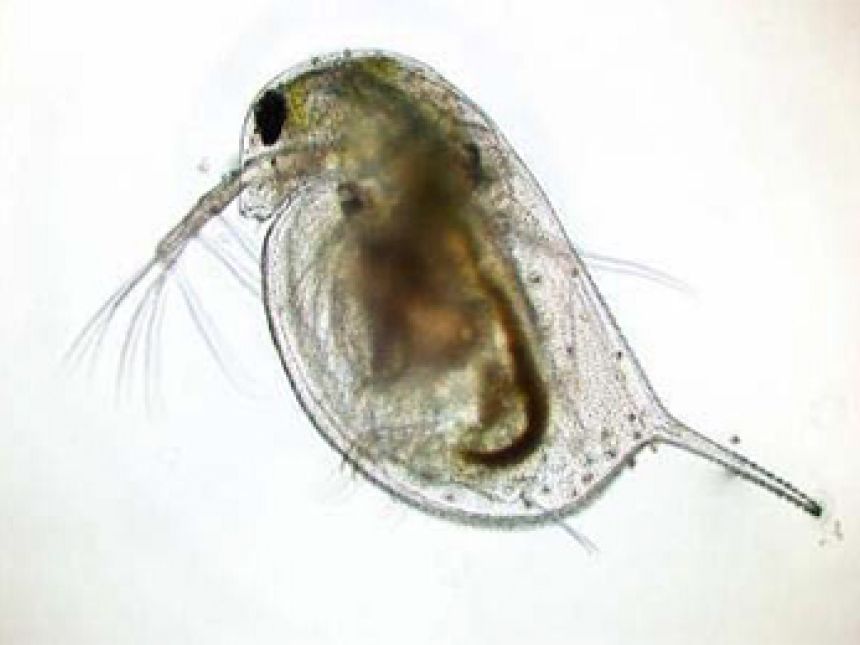
Pesticide cocktails cause environmental risk
A number of pesticides are used during the growing season in Norway. These pesticides undergo individual risk assessments to identify potential environmental effects, but the impact of combinations of these compounds is often unknown. Development of methods to predict the combined effects of complex pollutant mixtures or multiple stressors has therefore received considerable national and international focus.
Samples collected at multiple Norwegian agricultural areas
Researchers from the Norwegian Institute for Water Research (NIVA) have, in collaboration with Bioforsk, performed a risk assessment of pesticide mixtures in Norwegian streams and rivers in a project commissioned by the Norwegian Food Safety Authority (FSA).
- The risk assessment was conducted on basis of measured water concentrations of pesticides in selected agricultural areas and the available toxicity data of these in a number of aquatic plants, algae, crustaceans and fish, explains NIVA researcher Karina Petersen.
Initially, compound-specific toxicity data for different animals was collected from different databases. These data were used to determine the cumulative risk based on reported no-effect concentrations for different pesticides and measured water concentrations of these substances in streams and rivers from different agricultural areas ranging from the areas of Trøndelag in the north to Aust-Agder in the south of Norway.
Major differences in risk identified
Data from these studies showed that the pesticide concentrations in waters varied between the different sample locations and between different sampling times. The results showed large differences in the predicted risk of the different pesticides and in the sensitivity between species investigated. Potential cumulative risk scenarios were identified in 8 out of the 56 samples investigated. Although a large number of pesticides were found at the different localities tested, only a few of the substances were identified to be causing the environmental risk.
- The use of risk predictions based on available exposure and effect data gave us an unique opportunity to identify both risk and which species that were most sensitive, and which substances that were the risk drivers in the complex mixtures, says NIVAs project manager Knut Erik Tollefsen.
The risk assessment was based on measured water concentrations and available toxicity data for different organisms including Daphnia magna (Photo: NIVA).
In the early stages
The project has improved our understanding on how mixtures of pesticides may affect aquatic organisms, and model predictions seems to provide a reasonable approach to an initial risk assessment of the mixtures encountered. Researchers at NIVA and environmental regulators at FSA conclude that there is still a need for developing cumulative risk assessment procedures, as approaches such as that used in the HerbRisk project are still not fully evaluated.- We see a need to further consider how environment pollutants cause effects, the extent to which they occur in nature and how complex mixtures of these may cause risk for combined toxicity, Tollefsen concludes.